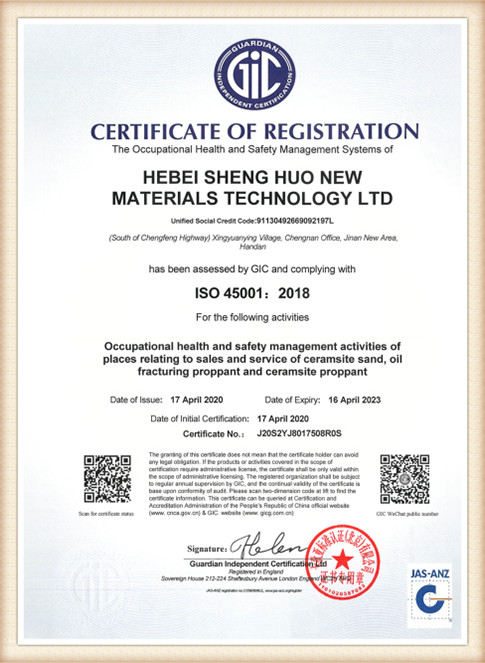3D Printing with Sand A Revolutionary Approach to Additive Manufacturing
In recent years, 3D printing has evolved from a niche technology into a mainstream manufacturing process. Among the various materials used in 3D printing, sand has emerged as a fascinating and innovative medium, particularly in the creation of complex structures. This article explores the concept of 3D printing with sand, its applications, advantages, and potential future developments.
3D Printing with Sand A Revolutionary Approach to Additive Manufacturing
One of the key advantages of 3D printing with sand is its ability to accommodate large, complex geometries. Traditional manufacturing often imposes limitations on the shapes that can be produced, but with sand printing, the design freedom is vastly increased. This can lead to more innovative products and parts that can enhance functionality and performance. Moreover, the use of sand as a material is not only economical but also sustainable, as it is abundant and can often be recycled after use.
fill 3d print with sand

The environmental benefits of 3D printing with sand cannot be overlooked. By reducing the need for extensive tooling and eliminating excess material waste, this method aligns with the principles of green manufacturing. Additionally, some companies are exploring the use of recycled sand, which further minimizes the environmental impact. The combination of sustainability and advanced manufacturing practices positions sand printing as a promising solution for industries looking to reduce their carbon footprint.
In construction, 3D printing with sand also shows great potential. Researchers are experimenting with creating entire structures using sand as a primary material. This approach could lead to more sustainable building practices, especially in regions where natural resources are scarce. By harnessing local sand, communities could construct homes and infrastructure without relying heavily on transported materials, thereby reducing costs and environmental impact.
While the technology is still in its early stages, the future of 3D printing with sand looks promising. As the technology matures and more applications emerge, we can expect to see its integration into various industries, from aerospace to healthcare. Innovations in materials and printing techniques will only enhance the possibilities of what can be achieved with sand, making it an exciting area to watch in the coming years.
In conclusion, 3D printing with sand represents a revolutionary shift in additive manufacturing, combining efficiency, sustainability, and creativity. It stands at the forefront of transforming how we think about production in a rapidly advancing technological landscape.
Post time:Říj . 30, 2024 15:38
Next:sand casting sand
